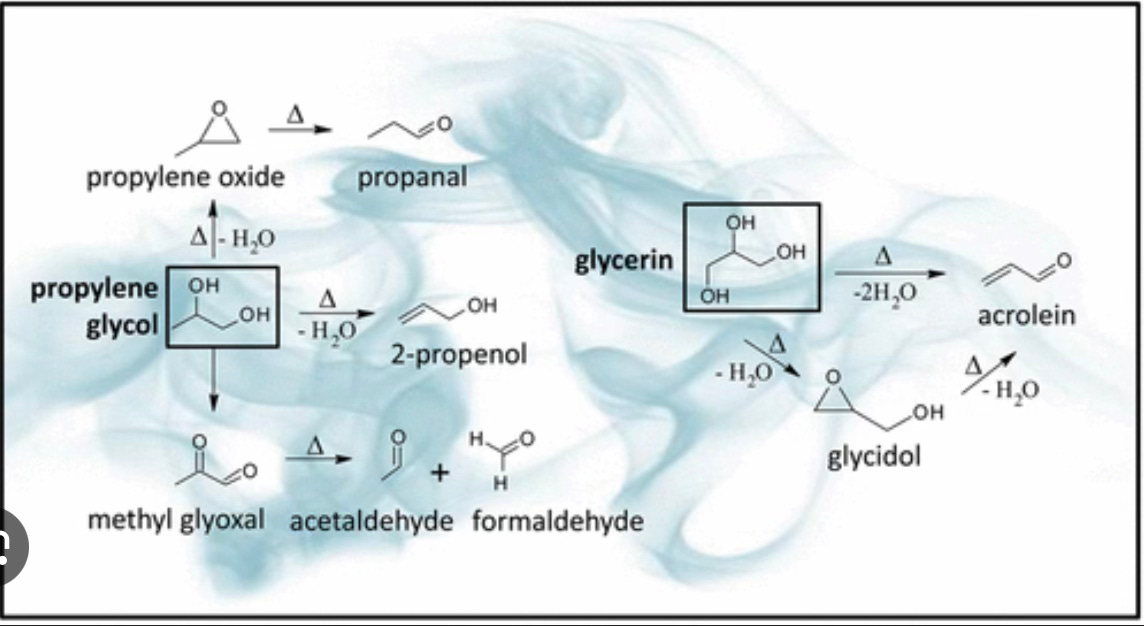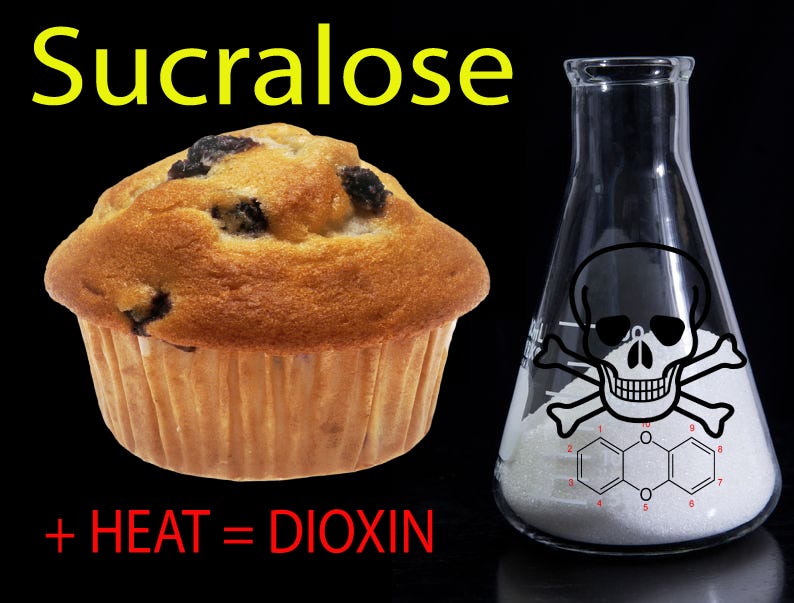Puffing Poison: Is Vaping the New Recreational Chemotherapy?
Think you're quitting smoking? You might be trading one carcinogen for dozens more—with e-cigs delivering a slow-drip dose of metal-laced, hormone-warping toxins.
The Allure of Vaping: A Modern Health Crisis
Vaping, once hailed as the technological savior for smokers looking to quit, has rapidly morphed into a youth-driven epidemic. Sleek, pocket-sized devices combined with candy-like flavors and aggressive marketing have made disposable e-cigarettes the nicotine delivery method of choice for adolescents and young adults. Industry narratives often reinforce the belief that vaping is a safer alternative to smoking, leading many to switch without fully understanding the risks.
But this perception is increasingly under fire. As independent research accumulates, it becomes clear that vaping is far from benign. The very mechanisms that vaporize nicotine and flavorings may also generate an unintentional toxic cocktail, one with serious implications for respiratory, cardiovascular, and neurological health.
Mainstream Assumptions Under Scrutiny
The mainstream public health message has consistently framed vaping as a harm-reduction strategy. While it's true that e-cigarettes eliminate some of the tar and carbon monoxide found in combustible tobacco, this narrative obscures deeper chemical complexities. Most vape pens—particularly disposables—lack robust manufacturing oversight, leading to significant variability in chemical composition.
For instance, early studies pointed out the presence of carcinogenic formaldehyde and acetaldehyde in e-cigarette vapors. But the latest research has exposed even more troubling compounds, including heavy metals and degraded flavoring agents. As regulation lags behind innovation, consumers are often unaware of the toxic burden accumulating with each puff
Unveiling the Hidden Toxins
A groundbreaking study from researchers at UC Davis, published in ACS Central Science, analyzed aerosols from popular disposable e-cigarettes. They found that certain devices emitted lead, nickel, and chromium at concentrations higher than traditional tobacco smoke. Shockingly, one device released more lead in a single day of use than 20 packs of cigarettes.[1]
Lead exposure, even at low levels, can impair neurological development, especially in adolescents. Nickel and chromium are known carcinogens linked to respiratory ailments and allergic reactions. The culprit? The degradation of metal coils and the use of lead-containing alloys in internal components. The lack of standardized quality control in these disposable products makes their toxicity not just likely—but inevitable.
But the danger doesn't end there. Many of these metals also fall into a category called "metalloestrogens"—metallic compounds that can mimic estrogen in the body and bind to hormone receptors. According to GreenMedInfo's previous coverage, these metalloestrogens may fuel estrogen-sensitive cancers such as breast, ovarian, and prostate cancer.[4] This hormonal mimicry is especially concerning given the already endocrine-disrupting properties of other vape constituents.
This discovery calls into question the relative safety of vaping, especially among users who have transitioned from cigarettes under the false assumption of reduced harm. With the surge in popularity of disposables, the public health impact may be even more severe than originally feared.
[Image Source from Emissions from Electronic Cigarettes: Key Parameters Affecting the Release of Harmful Chemicals]
The Sweet Deception: Sucralose and Dioxins
Beyond the metallic contaminants, flavoring agents add another layer of toxicity. Sucralose, an artificial sweetener frequently used in vape juices to enhance sweetness, breaks down into toxic chlorinated compounds when heated. These include dioxins and chloropropanols—chemicals associated with cancer, endocrine disruption, and immune suppression.[2]
Most users remain unaware that vaping a seemingly innocuous fruit or dessert flavor could generate dioxins, which are among the most potent toxicants known to science. These compounds are lipophilic, meaning they accumulate in fat tissue and persist in the body over time. This chronic exposure—especially among youth—poses a long-term risk that current regulatory frameworks have not adequately addressed.
The deceptive sweetness of flavored e-cigarettes masks a bitter truth: these inhalants can convert into substances with devastating physiological consequences. As the data on sucralose degradation grows, it demands urgent reconsideration of what flavoring agents should be permitted in e-cigarettes.
[Learn more about Sucralose converting to Dioxin by reading: CONSUMER ALERT: Splenda Releases Toxic Dioxin When Heated]
Cardiovascular Implications of Vaping
The heart, often overlooked in the vaping debate, is not immune to its toxic assault. A 2022 review published in Frontiers in Cardiovascular Medicine detailed the mechanisms through which e-cigarettes harm the cardiovascular system. These include endothelial dysfunction, oxidative stress, and systemic inflammation—all of which are precursors to atherosclerosis and cardiac events.[3]
Nicotine itself is a potent vasoconstrictor, but the additional exposure to metals and chemical irritants magnifies cardiovascular risk. E-cigarette aerosols have been shown to impair nitric oxide production, reducing the ability of blood vessels to dilate and increasing blood pressure. Even in young, healthy individuals, short-term exposure leads to measurable endothelial injury.
Moreover, the flavorings and solvents used in vapes can cross the pulmonary barrier, enter the bloodstream, and trigger inflammatory cascades. This systemic toxicity is particularly troubling given the widespread misconception that vaping only affects the lungs. In reality, the ripple effects can compromise every major organ system.
Implications and the Path Forward
The convergence of toxic metals, thermally degraded sweeteners, and cardiovascular risks reveals an unsettling reality: disposable e-cigarettes are not a safer alternative but a novel threat in their own right. The appeal to youth, combined with lax oversight, has created a perfect storm for chronic, low-level toxic exposure.
Public health must respond swiftly. Regulatory bodies should impose stringent manufacturing standards and prohibit the use of harmful additives like sucralose. Educational campaigns must reframe vaping not as a harm-reduction strategy but as a distinct health hazard. Finally, funding should prioritize independent research to further explore the long-term effects of e-cigarette use.
As the veil lifts on vaping's dark side, one truth becomes clear: informed consumers are the first line of defense against an industry that thrives on illusion.
For those looking for natural ways to address smoking cessation/addiction, you can consult the Greenmedinfo.com database on the topic here. Or, read the article: Lime Juice and 8 Other Natural Ways To Quit Smoking
References
Tran, Tran B., et al. "Disposable E-Cigarettes Are a Source of Toxic Metals Like Lead and Nickel." ACS Central Science, American Chemical Society, 2025. https://www.ucdavis.edu/news/disposable-e-cigarettes-more-toxic-traditional-cigarettes
GreenMedInfo Research Group. "Deadly Dioxin in E-Cigarettes? The Hidden Role of Splenda." GreenMedInfo, 2024. https://greenmedinfo.com/content/deadly-dioxin-e-cigarettes-hidden-role-splenda
Espinoza-Derout, Jorge, et al. "Electronic Cigarette Use and the Risk of Cardiovascular Diseases." Frontiers in Cardiovascular Medicine, vol. 9, 2022. https://www.frontiersin.org/articles/10.3389/fcvm.2022.879726/full
Ji, Sayer. "Metalloestrogens: A New Class of Cancer-Causing Estrogens." GreenMedInfo, 2012. https://greenmedinfo.com/blog/metalloestrogens-new-class-cancer-causing-estrogens









https://www.gov.uk/government/news/e-cigarettes-around-95-less-harmful-than-tobacco-estimates-landmark-review